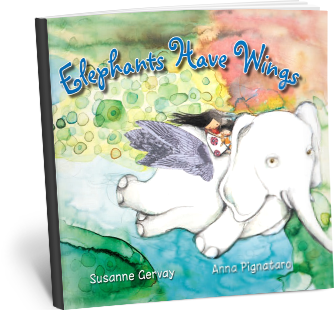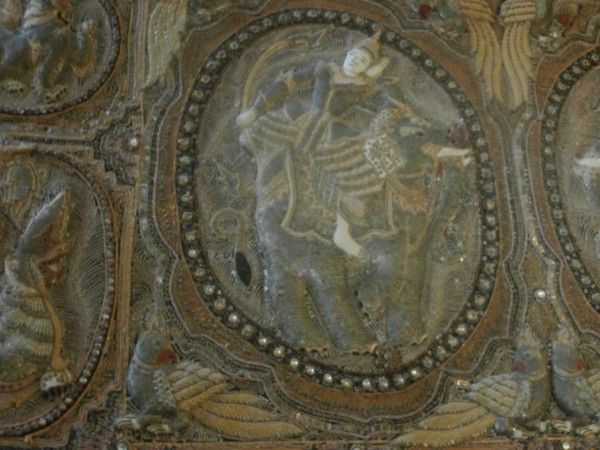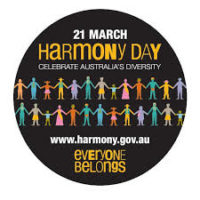Susanne’s journey to India and Asia, her experience at the Baha’i Temple in Delhi, multi faiths and the elephants in both religious art and wildlife, melded with the parable of the Blind Men and the Elephant. This combined with a deep commitment to discovering truth and inclusion.
The extraordinary kalaga, uniting the mythology of Buddhism and Hinduism with the mystical elephant, welcomed her back from India.
It spurred her onto create Elephants Have Wings.
“This is a book for all ages. The commonality of its story across so many religions begs an investigation into why it would be – what is its core message that has such universality?’
Barbara Braxton Teacher Librarian
M.Ed.(TL), M.App.Sci.(TL), M.I.S. (Children’s Services) Dromkeen Librarian’s Award





